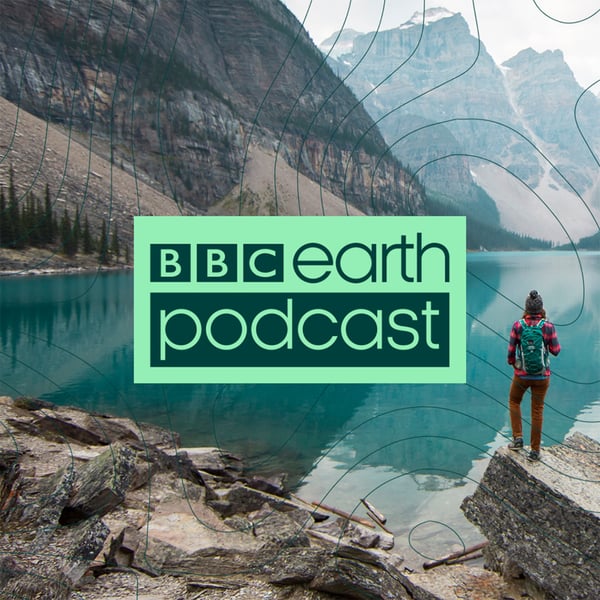Order and chaos
BBC Earth Podcast
Jenkins Laura
4.6 • 611 Ratings
🗓️ 13 December 2022
⏱️ 29 minutes
🧾️ Download transcript
Summary
The difference between order and chaos can depend on your perspective. The systems and processes that drive the natural world might seem random in close-up, whether it’s an ant wandering around near its nest, or a wildebeest charging through the water. But if you zoom out, you can see how these small activities combine to form part of a bigger picture.
The Darwin Tree Of Life project is an attempt to bring order to nature by sequencing the DNA of every living thing in the UK, a staggering 70,000 species. The research team explains how they’ll keep on target by doing a little light sequencing before their morning coffee.
We fly high with one of nature’s most stunning visual displays of order, murmuration, learning from Professor Mario Pesendorfer how this magical movement comes together, and how birds move in perfect sync with no leader.
And wildlife sound recordist Chris Watson – who has helped to create some of the BBC’s best-loved nature documentaries – takes us on a trip to Maasai Mara, where the annual rains bring a natural order to the migration patterns of wildebeest.
Credits:
The BBC Earth podcast is presented by Sebastian Echeverri and Rutendo Shackleton.
This episode was produced by Rachel Byrne and Geoff Marsh.
The researcher was Seb Masters.
The Production Manager was Catherine Stringer and the Production Co-ordinator was Gemma Wootton.
Podcast Theme Music was composed by Axel Kacoutié, with mixing and additional sound design by Peregrine Andrews.
The Associate Producer is Cristen Caine and the Executive Producer is Deborah Dudgeon.
Special thanks to:
Caroline Howard, Liam Crowley and Mark Blaxter for the feature on the Darwin Tree of Life Project.
Mario Pesendorfer for sharing his insights into murmurations.
Chris Watson for providing the wildebeest soundscape.
Hosted on Acast. See acast.com/privacy for more information.
Transcript
Click on a timestamp to play from that location
| 0:00.0 | It's 2010. |
| 0:04.0 | I'm sitting on a bench in the grounds of the University of Nottingham's Sutton |
| 0:09.0 | campus. |
| 0:10.0 | Alone, quiet, and watching. |
| 0:14.0 | This is the first day of term. |
| 0:18.0 | Fresh-faced undergraduates mill about nervously, gathering in small groups, making their |
| 0:24.5 | hurried journeys to and fro, finding their place in this strange new world. |
| 0:31.8 | At a glance, their movement seems random, chaotic. |
| 0:36.2 | Yet the decades-old paths worn into the ground under their feet |
| 0:39.3 | suggests they are part of a bigger, older story. |
| 0:43.3 | A story that I can see unfold by sitting here still |
| 0:47.3 | for long enough to watch the patterns developing, |
| 0:50.3 | like ants making their way to and from their nests. |
| 1:02.0 | As random as it may all seem, these people are moving with purpose. |
| 1:10.0 | For almost as long as I can remember, this is how I settle into any new environment. It's a habit I developed as a child |
| 1:12.8 | when we used to move countries every three years or so with my father's job, |
| 1:18.1 | often at short notice. |
| 1:20.7 | One move might be to Botswana, |
| 1:24.7 | the next, Nigeria. |
| 1:28.3 | Our entire frame of reference could change overnight, from language to education to friendship groups. |
| 1:36.1 | But I learned to embrace the change and turn all that potential chaos into my own kind of order by watching, listening, and taking it all in. |
| 1:48.2 | Sitting on this bench at the University of Nottingham in 2010, I'm glad of these skills, |
... |
Please login to see the full transcript.
Disclaimer: The podcast and artwork embedded on this page are from Jenkins Laura, and are the property of its owner and not affiliated with or endorsed by Tapesearch.
Generated transcripts are the property of Jenkins Laura and are distributed freely under the Fair Use doctrine. Transcripts generated by Tapesearch are not guaranteed to be accurate.
Copyright © Tapesearch 2025.

